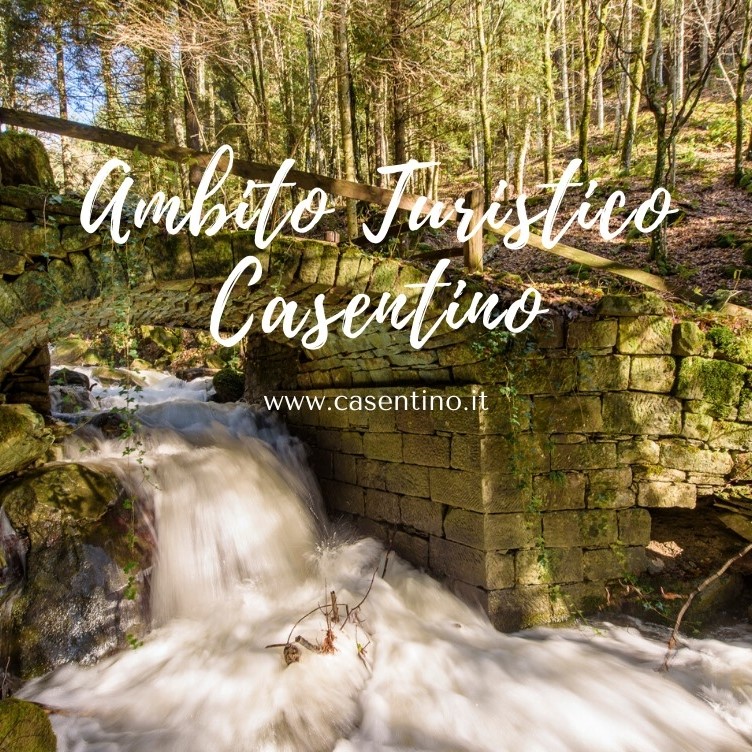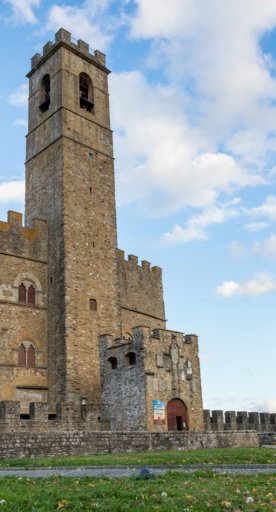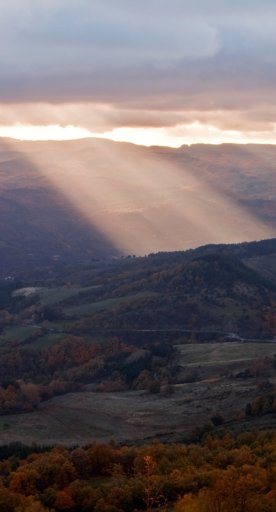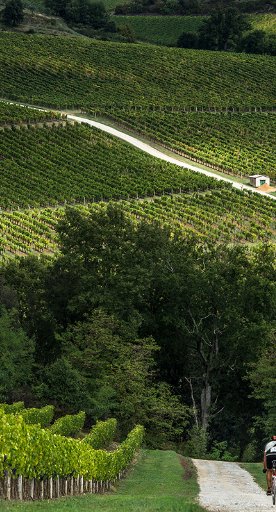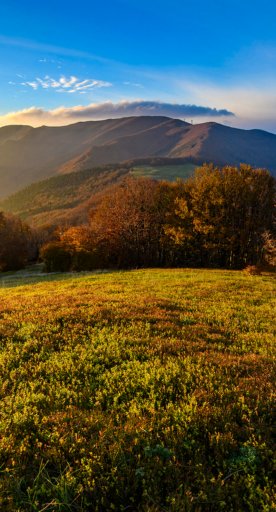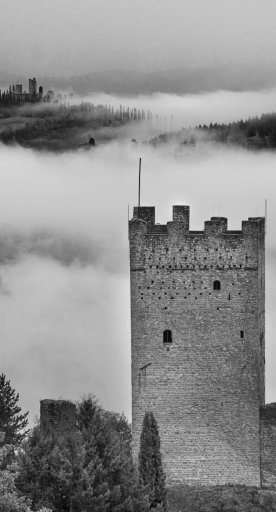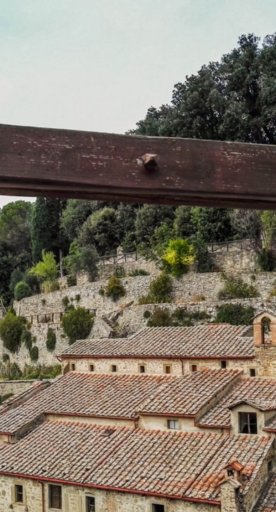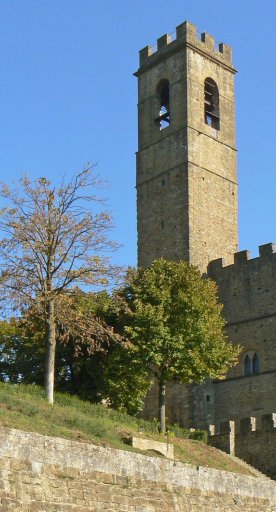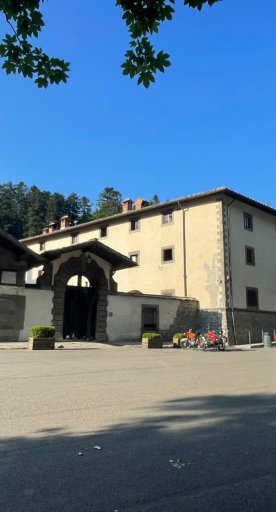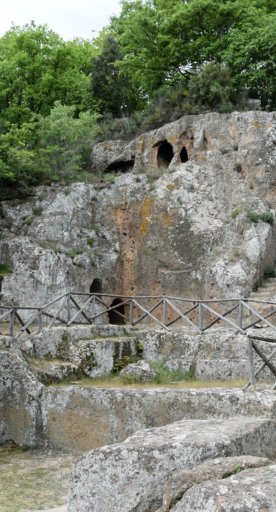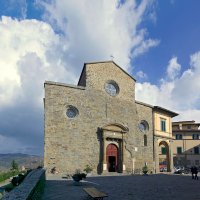

Winter in Casentino
Sports and traditions, in the season of regenerating silence
Winter is a fascinating season: the nature that has slowed down its life rhythms is always there, ready to welcome us with unique sceneries. We can say that winter is the season of silence that regenerates, of rest that fortifies and restores us from fatigue.
If you need to give yourself a break and slow down, Casentino is the destination for you. The beauty of this valley, which has remained untouched by time, has always been the object of pilgrimages, and over the centuries has inspired saints, writers and artists who have elected it as a place of meditation.
-
1.Skiing, snowboarding and snowshoeing
-
2.The chiù-chiù in Chitignano
Skiing, snowboarding and snowshoeing
The Casentino Valley with its National Park, whose highest peaks exceed 1600 m, and its snow-covered plateaus offer mountain enthusiasts the opportunity to try their hand at numerous activities. Skiing, cross-country skiing, snowboarding and snowshoeing are the best way to enter into a slow connection with nature while benefiting from its very powerful regenerating effect.
For the more demanding, there is the possibility of organizing specific outings with set goals. Have you ever wondered what the experience of staying in a lodge can be like or how to organize an outing waiting for sunset or sunrise in the mountains in the middle of winter? Just don’t improvise but rely on competent professionals who can plan the experience to make it safe and within the rules.
Descending into the valley, visiting historic towns, fairy-tale castles, parish churches, museums and ecomuseums, and discovering the restaurant industry with its very rich offerings will make your stay in Casentino an unforgettable experience.
The chiù-chiù in Chitignano

January is the time when we celebrate the traditions of transition to the New Year in Casentino. These rituals occur in the most varied forms, in which constant elements recur. We tell you about one that takes us to the small village of Chitignano.
Chiù-chiù chi non ce lo dà oggi non ce lo dà più (Chiù-chiù those who don’t give it to us today don’t give it to us anymore) is the “translation” of what in the Chitignano dialect might resemble a magic formula and which generations of children still go reciting during the day of January 5, the day before the feast of the Befana. An “open sesame” that constitutes a key, capable of opening any door in the village during this special day, a pass to be welcomed and get smiles but, above all, lots of treats.
The origin of chiù-chiù is lost in time, and even elders born in the 1920s or 1930s spoke of it as an established tradition, which certainly then more than now represented for all intents and purposes the most waited event by children.
In the past, the most coveted gifts were oranges and clementines, walnuts, hazelnuts and almonds, a few pennies or cookies for the lucky ones. Local or imported tradition? but more importantly, why chiù-chiù? There is no documentation on this, and oral memory is too recent, what we can do is have fun speculating based on historical data.
It could have been imported given the trade routes that connected Chitignano to the Tyrrhenian and Adriatic seas and ensured numerous exchanges with other communities; or local, echoing the begging associated with the figure of the Franciscan mendicants in which the devotion of the people of Chitignano has always been strong.
On the words chiù-chiù, it is interesting to return to the image of so many children uttering this sort of call, hopping here and there from house to house; the cry of so many little birds fluttering through the streets in the cold winter and being greeted wherever there is a smoking fireplace.
Years later, values such as solidarity and a sense of community have not lost their importance; if there is one truly precious memory worth resurfacing, it is the feeling of warmth that envelops and warms a child’s heart when they are welcomed by another with love.
